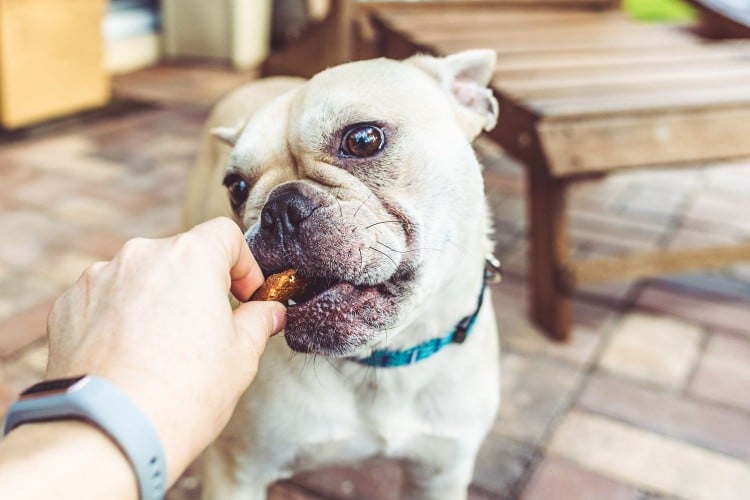
Whether your dog was born deaf, or she's gradually lost the ability to pick up on sounds as she ages, a dog that's hearing impaired is perfectly able to live a normal, happy life based on mutual understanding.
Dogs, like humans, rely heavily on their senses to understand and interact with the world around them. Dogs are great at adapting and adjusting, using whichever sense they have to make sense of their environment. A dog that's unable to hear well will utilize her other senses—especially her ability to see and smell—to gain valuable information she needs.
A deaf dog can learn all the necessary life skills that any dog needs, and is also perfectly capable of learning the tricks and games we love to share with our canine best friends. It just takes a little more patience and a bit of creativity to teach them. By using positive reinforcement, you can teach a hearing impaired dog everything she needs to know to live her best life alongside you.
One thing to keep in mind as you train a deaf dog: Be extra careful to not startle your pet. A dog that has hearing loss can be easily scared by abrupt movements, sensations, or touches. This is why it's not recommended to use collars that vibrate. You never want to scare your dog or make them uncomfortable.
Here are four ways you can begin training a deaf dog using positive reinforcement.
1. Build Attention by Offering Treats
Every learning session starts with having the attention of your learner. For a dog with hearing difficulties, you can't expect to simply call their name or open a bag of treats to get their attention.
Instead, find a location in your home that's free from distractions. Sit on the floor in front of your dog with lots of tasty treats your dog adores. Wait for them to look at you, and the moment they do give them a treat. If they remain close to you and give you eye contact, provide another treat. After a few repetitions, move yourself to a different spot in the room. Wait for your dog to come towards you and give you eye contact, and then immediately provide them a treat. After a few minutes your dog should be keenly paying attention.
Why Training Your Dog with Treats Is an Effective Way to Teach New Skills
2. Teach Them a Marker Signal That Means They Get a Treat
To effectively use positive reinforcement to train a dog that's deaf, you want to build this same association but without sound. Instead of using a clicker, you can use a simple hand sign or signal. The more simple, and the easier it is to repeat, the better. A thumbs up is my preferred signal (some people like to use signals from sign language).
Make sure you have your dog's attention, then give them a thumbs up, followed by a treat. Repeat this sequence until your dog shows excited anticipation each time you present a thumbs up. Now that you have created this association, you can begin to teach your dog cues.
3. Teach Them Cues with Luring
By using luring, you can help a deaf dog learn skills and tricks you want them to know. Luring is when you use a treat or a hand gesture that your dog follows. Dogs are excellent followers, and with their keen eyesight they can pick up on subtle movements of your hand or a treat. This is why we often use luring to teach puppies how to sit or lay down.
4. Teach Them Cues with Capturing
Think of capturing as taking a picture—you capture the moment something happens. In dog training, we can capture behaviors a dog offers on their own by marking the second the behavior happens and then immediately giving them a treat. For instance, if your dog doesn't know the cue "down" you can use capturing to teach them. Wait for an opportunity when your dog is likely to lay down. The second they do, mark the behavior with a thumbs up and then give a treat. After several repetitions, you can add a cue that tells your dog when to lay down using a simple hand signal like pointing your finger to the ground or lowering an open hand to the floor. Make sure this signal is different from your marker signal. Wait for the moment right before your dog is about to lay down on their own. The second you begin to see the downward movement, give your hand signal. When they have laid down completely, mark, and provide a treat. Just like with any new cue, this will need to be repeated several times and in a variety of situations for your dog to truly understand.
No matter when you discover your dog has difficulty hearing, it's important to remember to be patient, kind, and understanding of their needs. Dogs are marvelous learners and great adapters. You can live a harmonious life filled with fun when you understand how to capitalize on a dog's other senses coupled with the power of positive reinforcement.


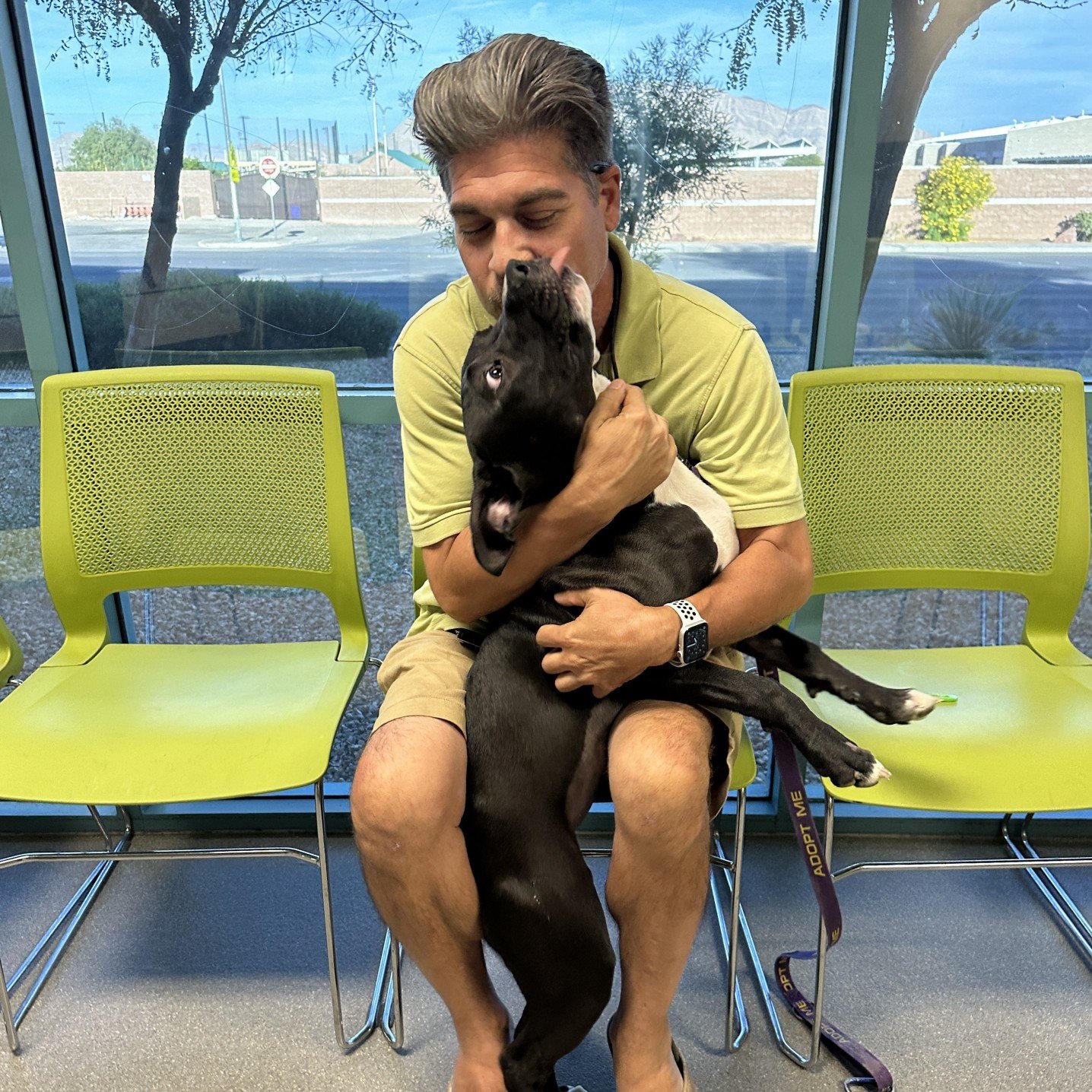
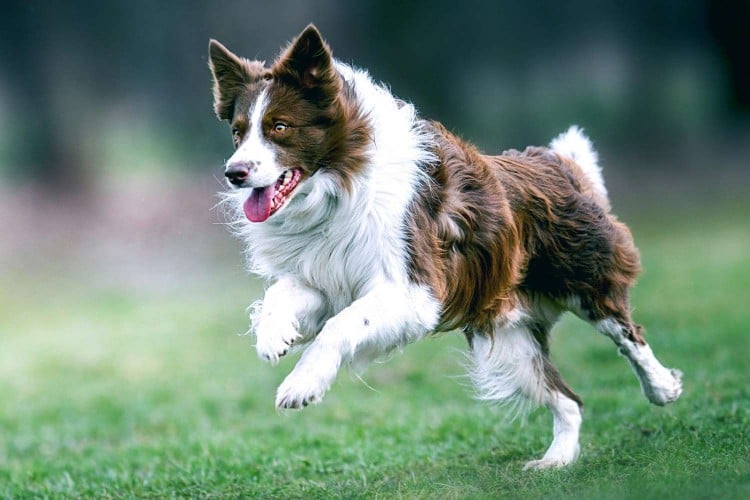

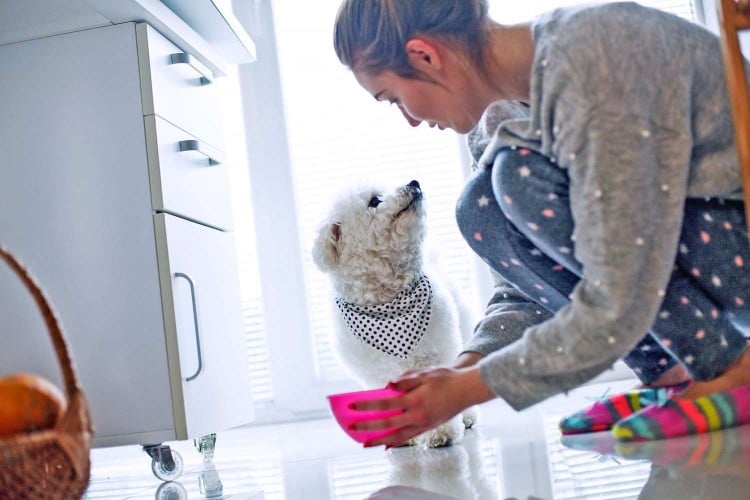
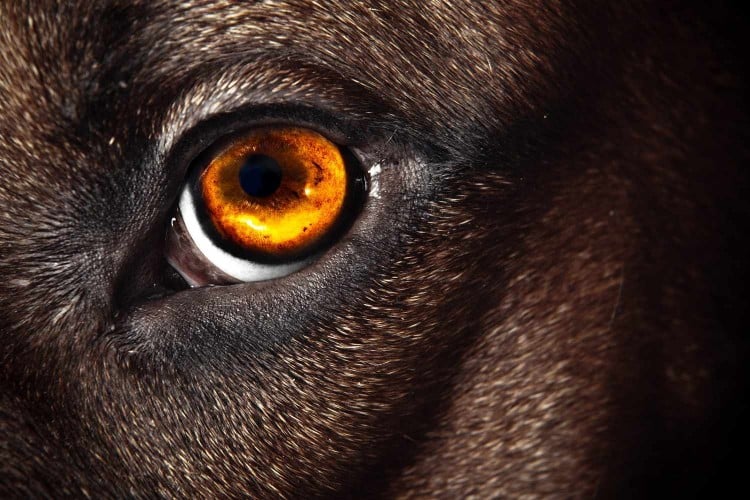

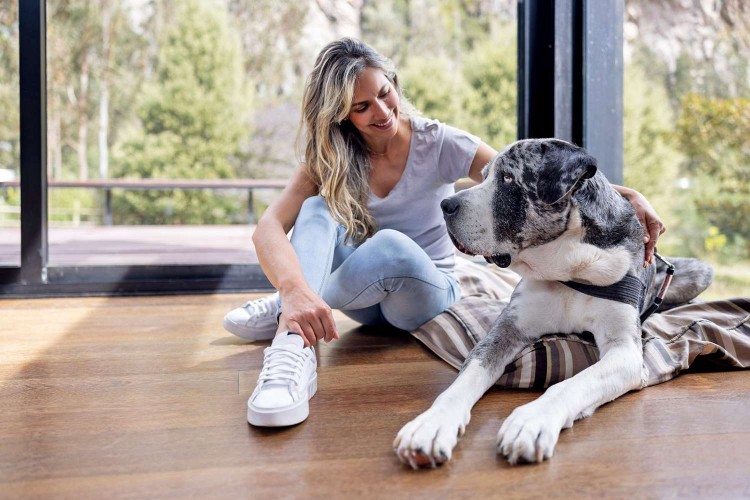
Comments on " How to Train a Deaf Dog" :